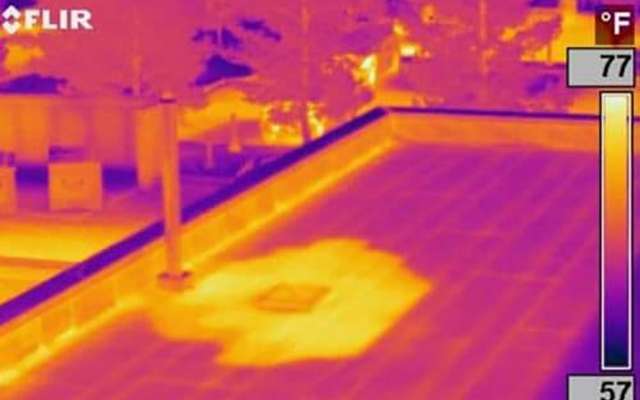Infrared thermography is commonly used as a non-destructive testing method to detect moisture in roof assemblies. When water penetrates the roof, it can collect in the insulation and cause damage, reducing the insulation’s effectiveness and eventually leading to leaks.
The accuracy of infrared thermography in detecting moisture in roof assemblies depends on several factors, including the equipment used, the operator’s experience and training, and the conditions at the time of the inspection.
The sensitivity of the infrared camera is crucial, as it needs to be able to detect the small temperature differences that indicate the presence of moisture in the insulation. A high-resolution thermal camera with a sensitivity of 0.2°C or better is recommended for accurate results.
The operator’s experience and training are also important factors. A qualified and experienced thermographer can interpret the thermal images accurately and distinguish between wet and dry areas.
It is also essential to perform infrared inspections under the right conditions. Ideally, the inspection should be carried out when the temperature throughout the day is above 45°F with at least a 10°F temperature drop at the start of the inspection, and the roof surface is dry. If the roof surface is wet, the accuracy of the infrared thermography may be affected.
In summary, infrared thermography can be an accurate method for detecting wet insulation in roof assemblies, provided that the equipment is of high quality, the operator is experienced and properly trained, and the inspection is carried out under appropriate conditions.
For more information on our experience with Infrared Thermography, you can contact us here.

